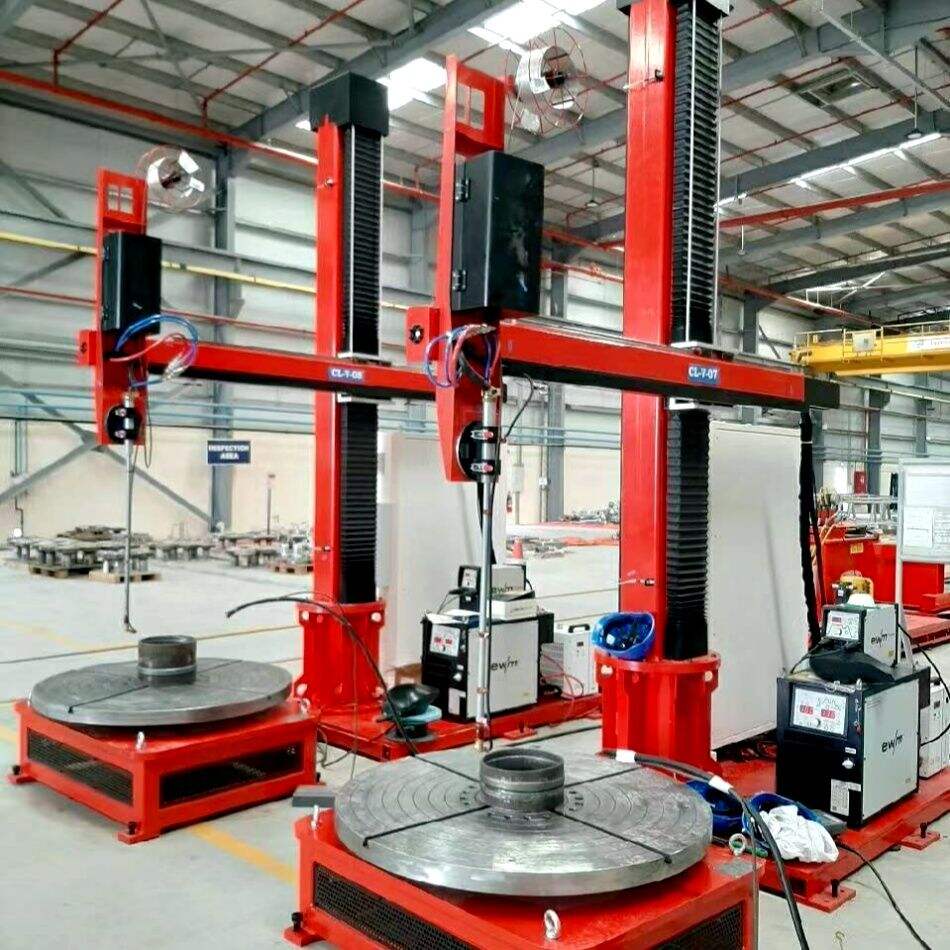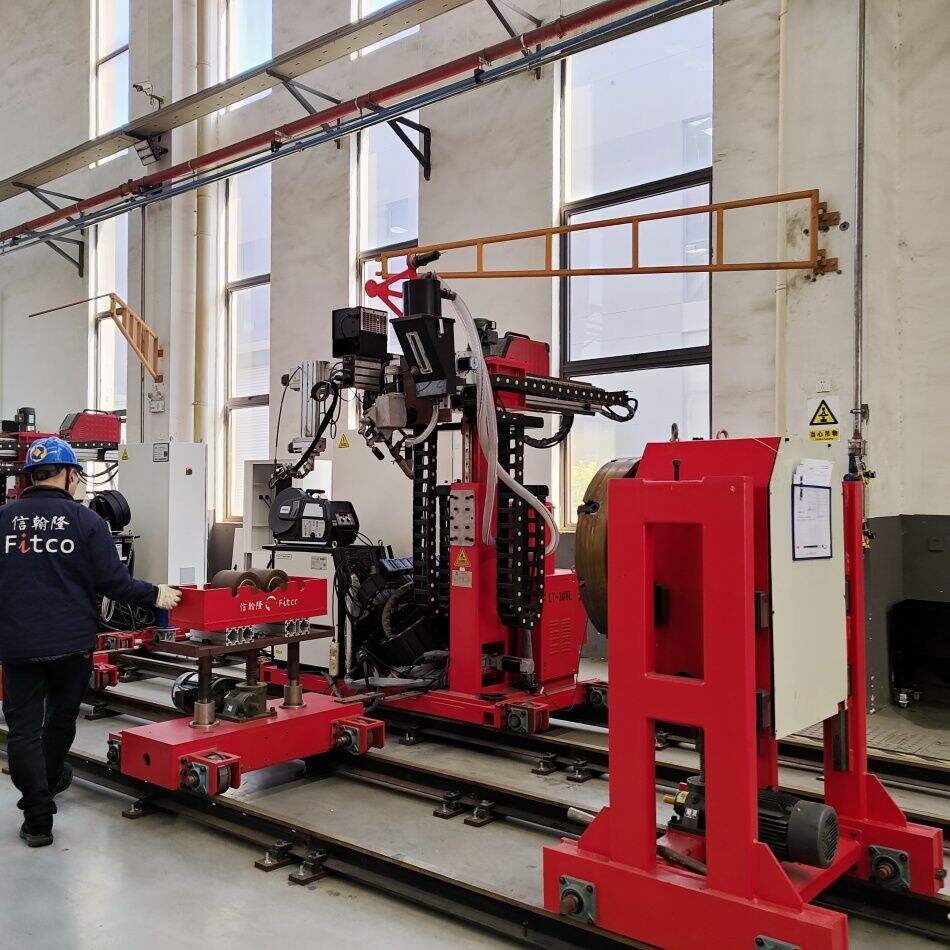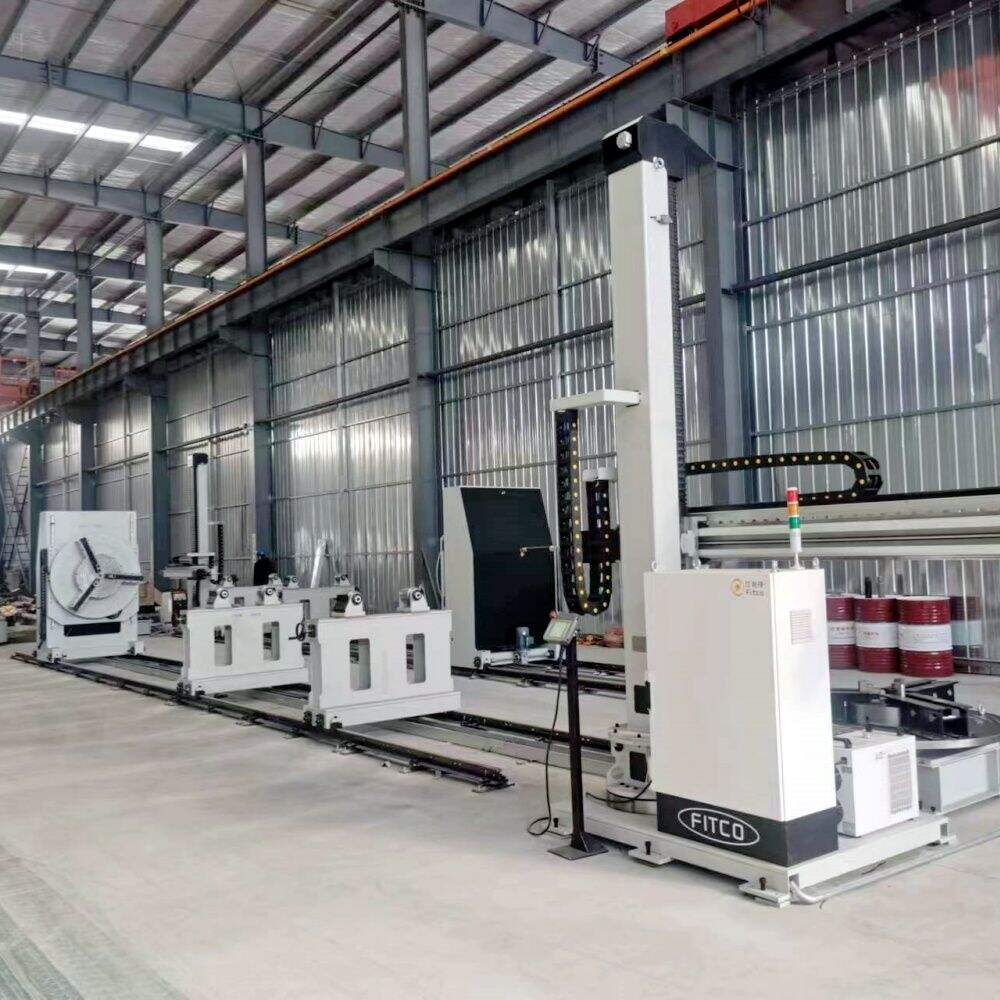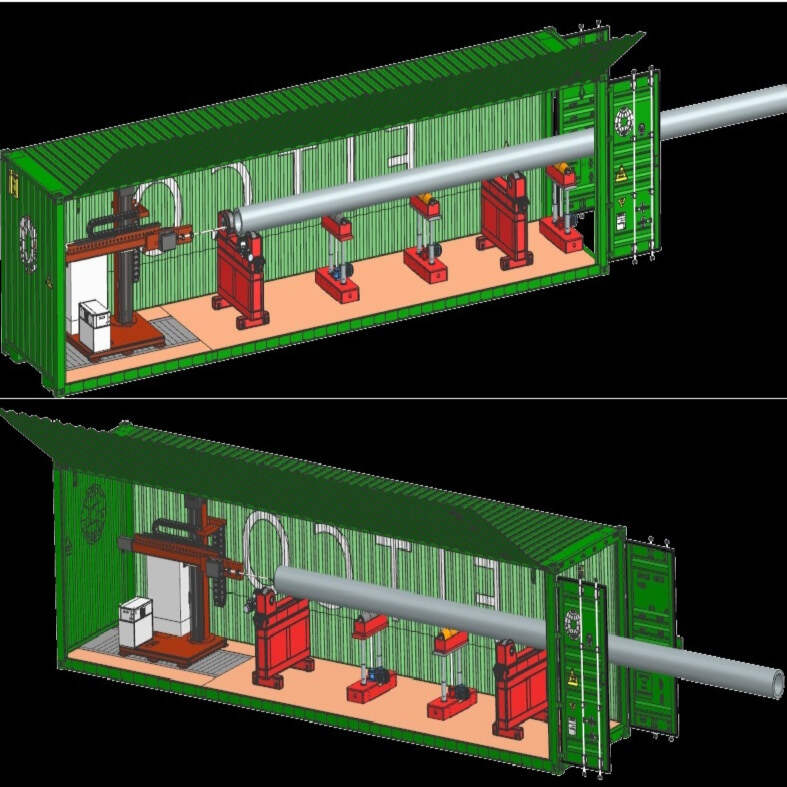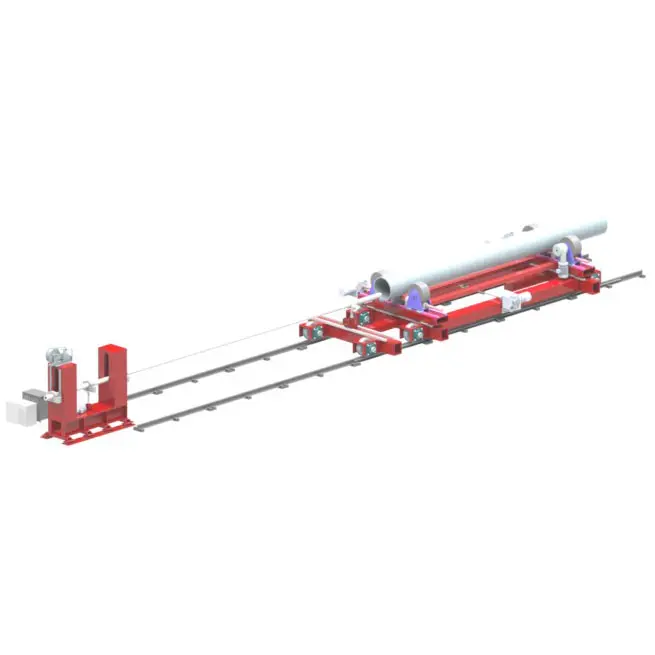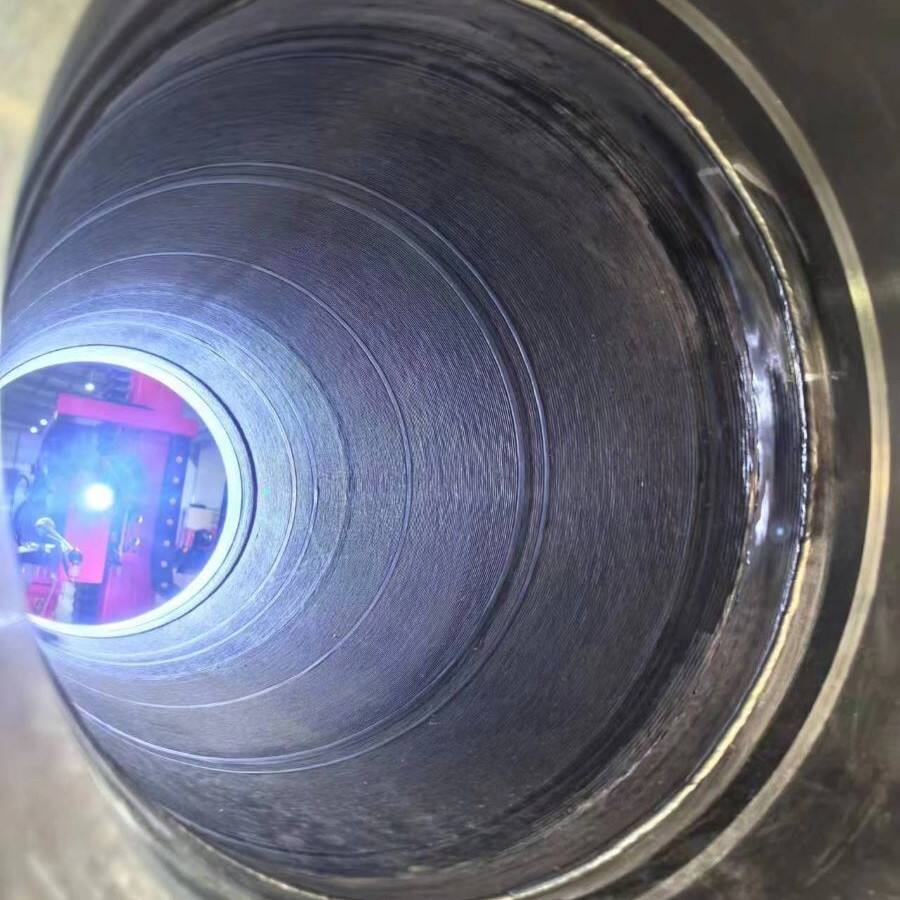inverter arc welding machine price
Inverter arc welding machine prices represent a crucial consideration for both professional welders and DIY enthusiasts seeking reliable welding equipment. These modern machines utilize advanced inverter technology to convert power efficiently, resulting in precise arc control and superior weld quality. Contemporary models typically range from $200 to $2,000, depending on their capabilities and specifications. The pricing structure reflects various factors including amperage output, duty cycle, portability features, and additional functionalities such as TIG or stick welding capabilities. Entry-level machines suitable for home use and light projects generally fall within the $200-500 range, while professional-grade equipment with enhanced features and higher power output commands prices between $800-2,000. These machines operate by converting standard AC power to high-frequency AC, then to DC, enabling smoother arc performance and reduced power consumption. Most modern units feature IGBT technology, digital displays, and protective systems against overheating and voltage fluctuations. The price point also factors in portable designs, making these machines ideal for both workshop and field applications.

 EN
EN
 AR
AR BG
BG HR
HR CS
CS DA
DA NL
NL FI
FI FR
FR DE
DE EL
EL HI
HI IT
IT JA
JA KO
KO NO
NO PL
PL PT
PT RO
RO RU
RU ES
ES SV
SV TL
TL IW
IW ID
ID LT
LT UK
UK SQ
SQ HU
HU TH
TH TR
TR FA
FA AF
AF CY
CY MK
MK LA
LA MN
MN KK
KK UZ
UZ KY
KY